Delving into Aboriginal folklore, I find the story of the Mungo Man both fascinating and profound. Unearthed from the depths of Mungo Lake in New South Wales, he stands as one of the oldest known human remains in Australia, bridging the ancient past with our present understanding.
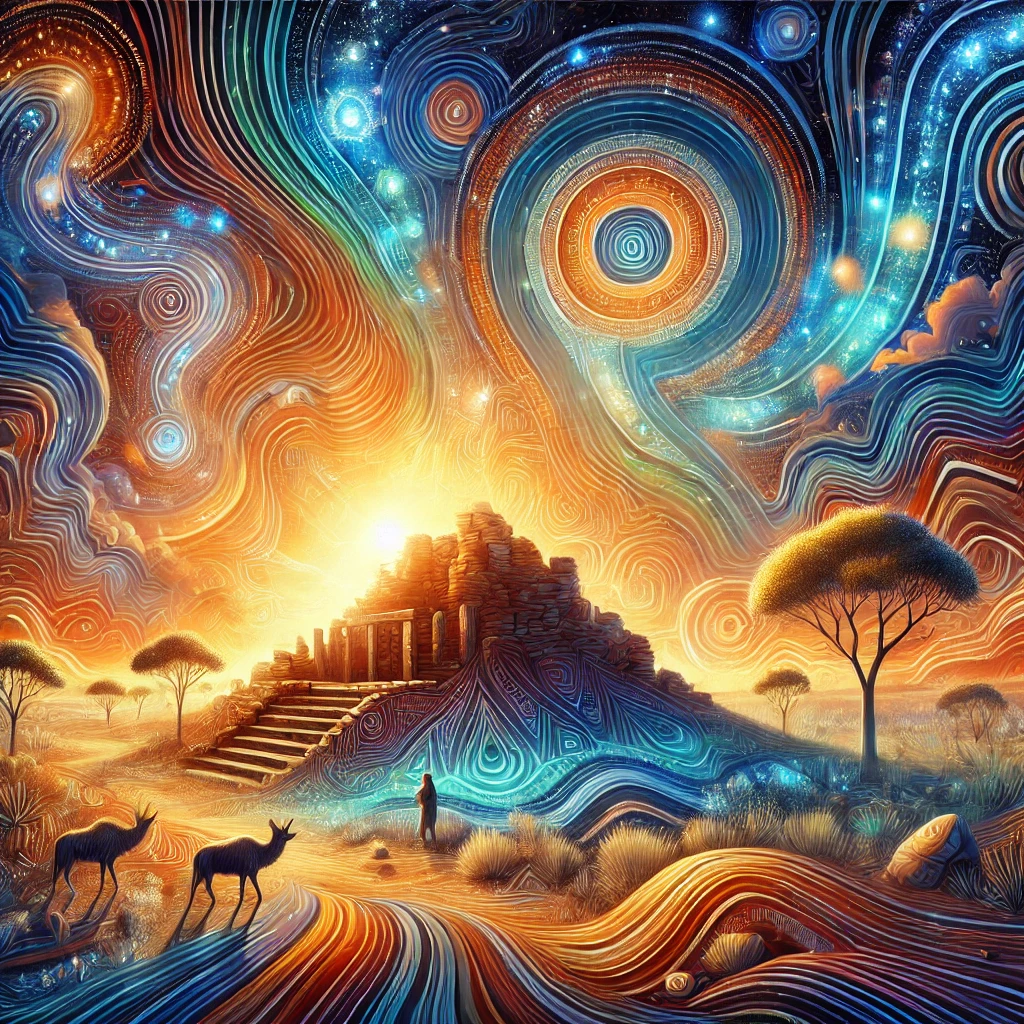
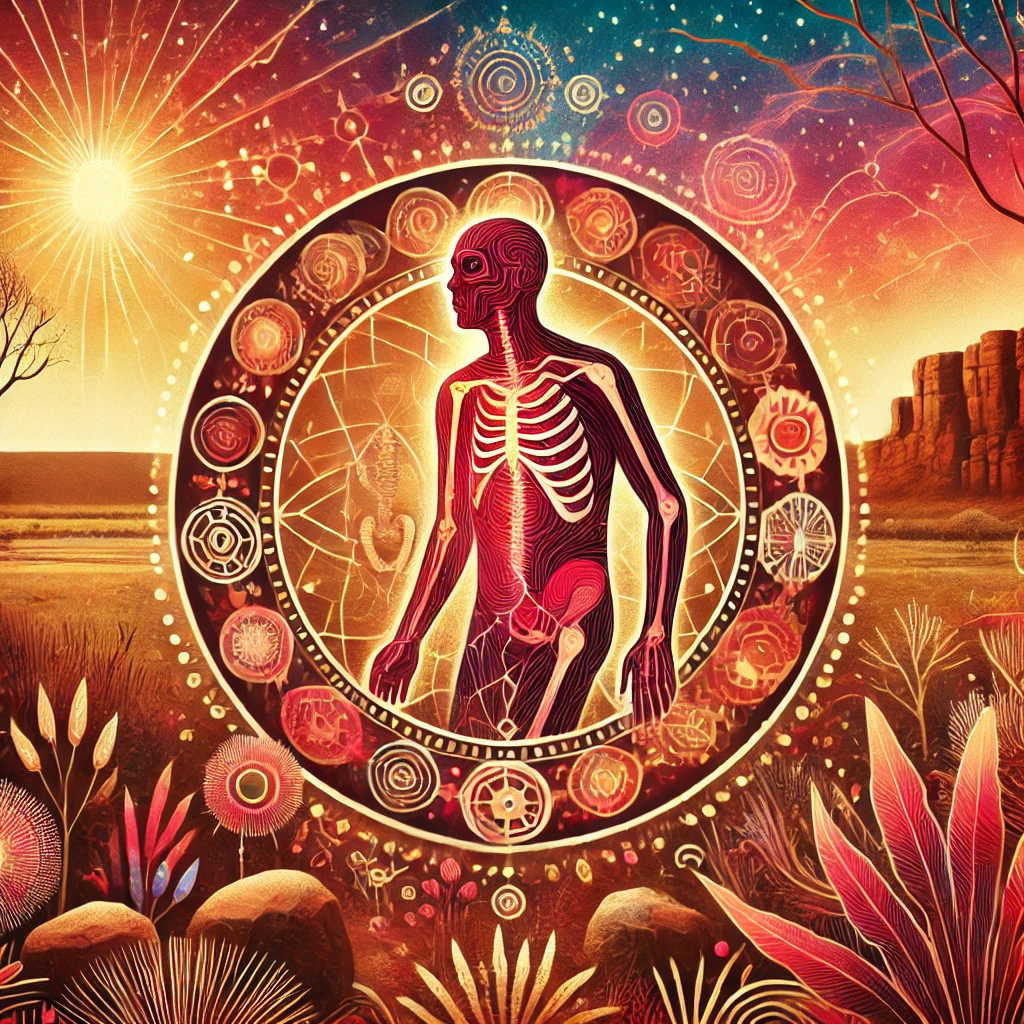
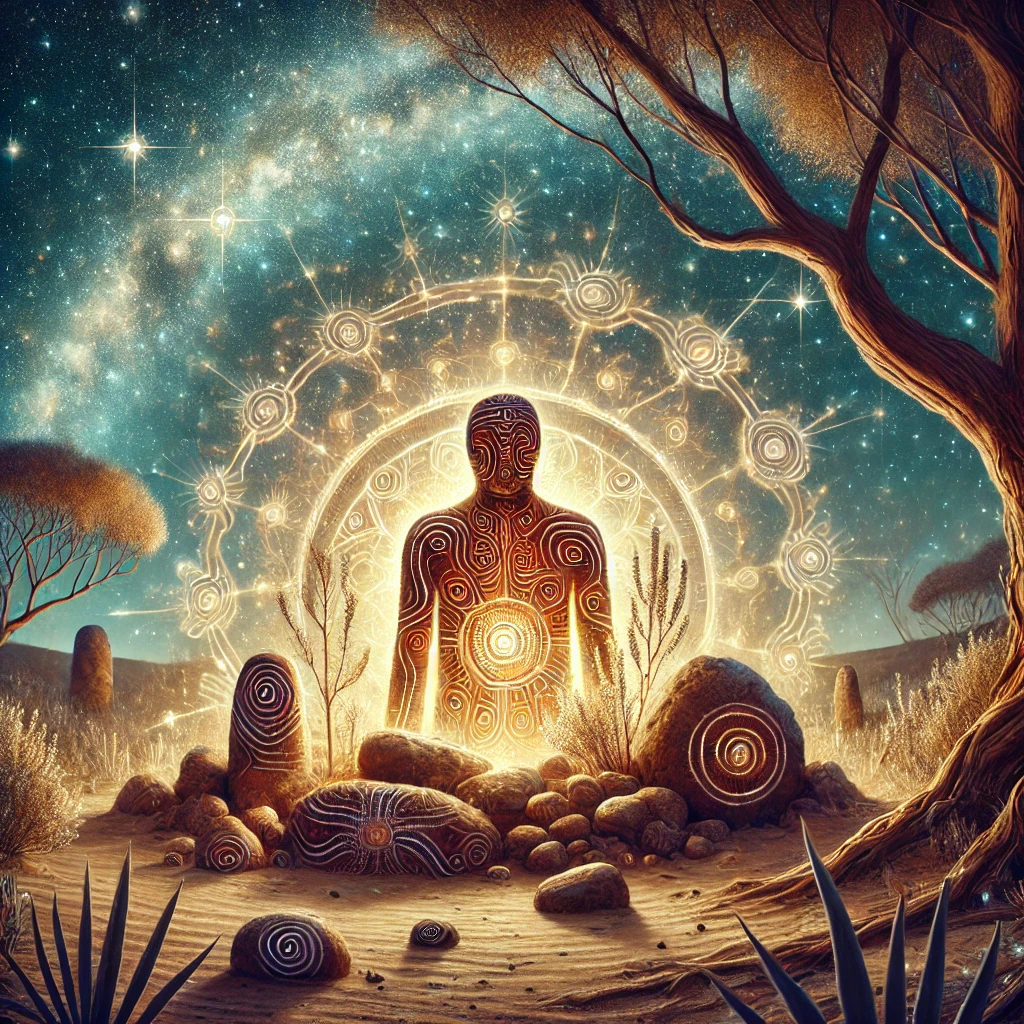
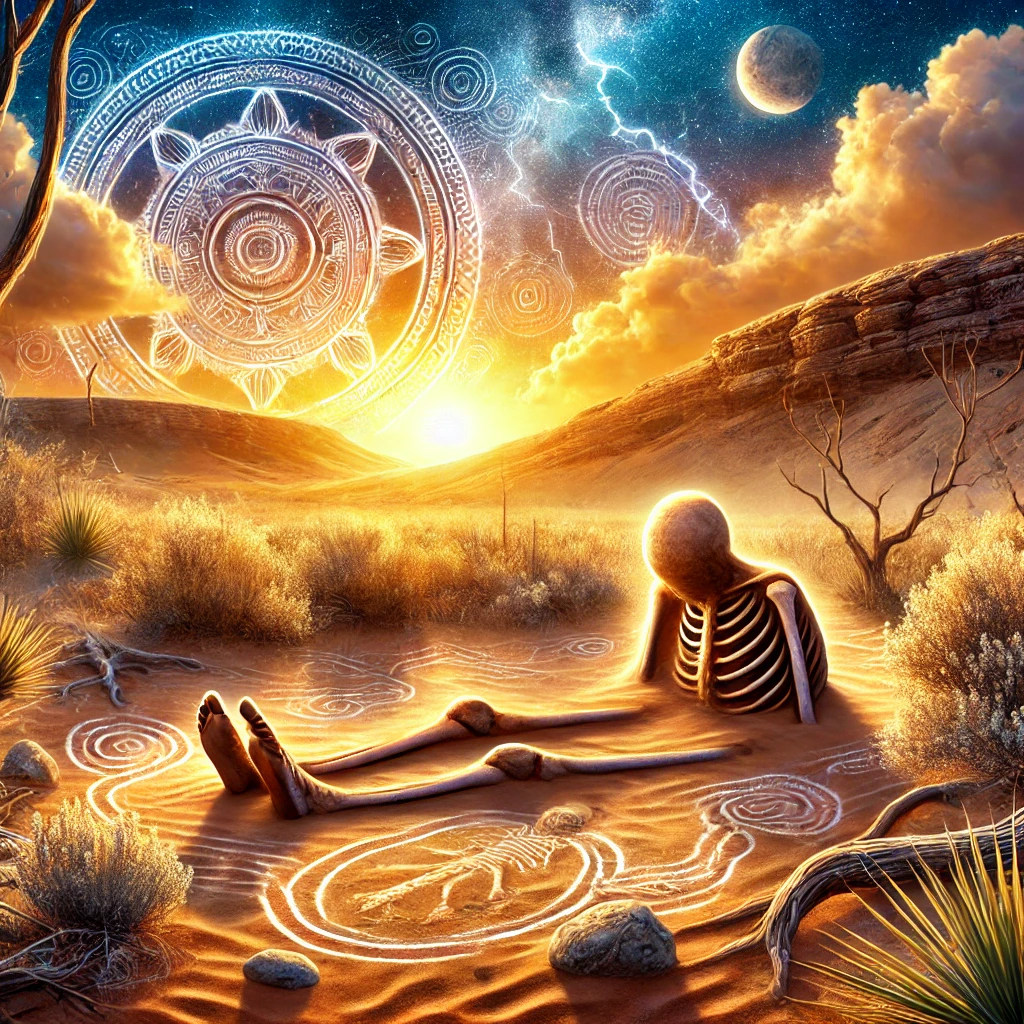
Exploring who the Mungo Man truly is takes me on a journey through rich cultural traditions and spiritual beliefs. His legacy offers invaluable insights into the deep connection Aboriginal communities have with the land and their enduring respect for ancestors. Through rituals and stories passed down through generations, the essence of the Mungo Man continues to influence contemporary Aboriginal identity and practices.
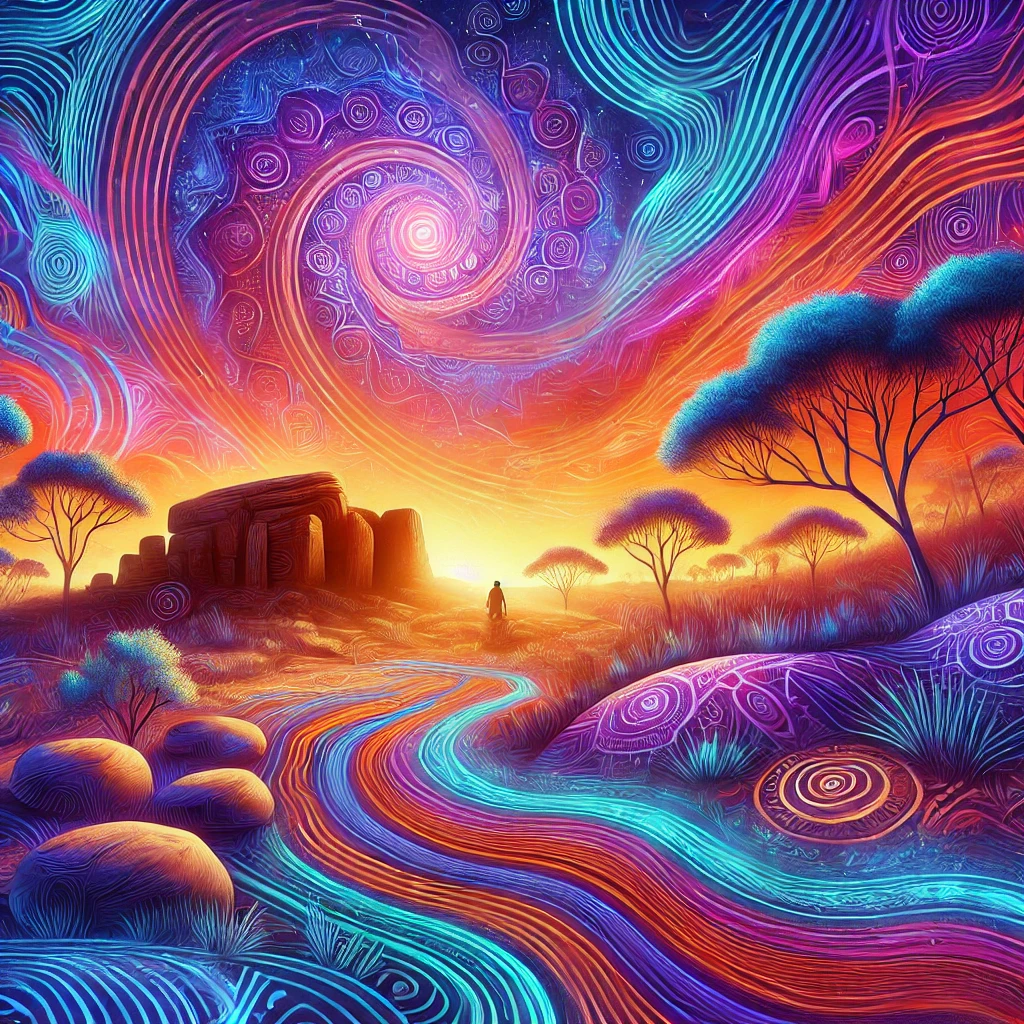
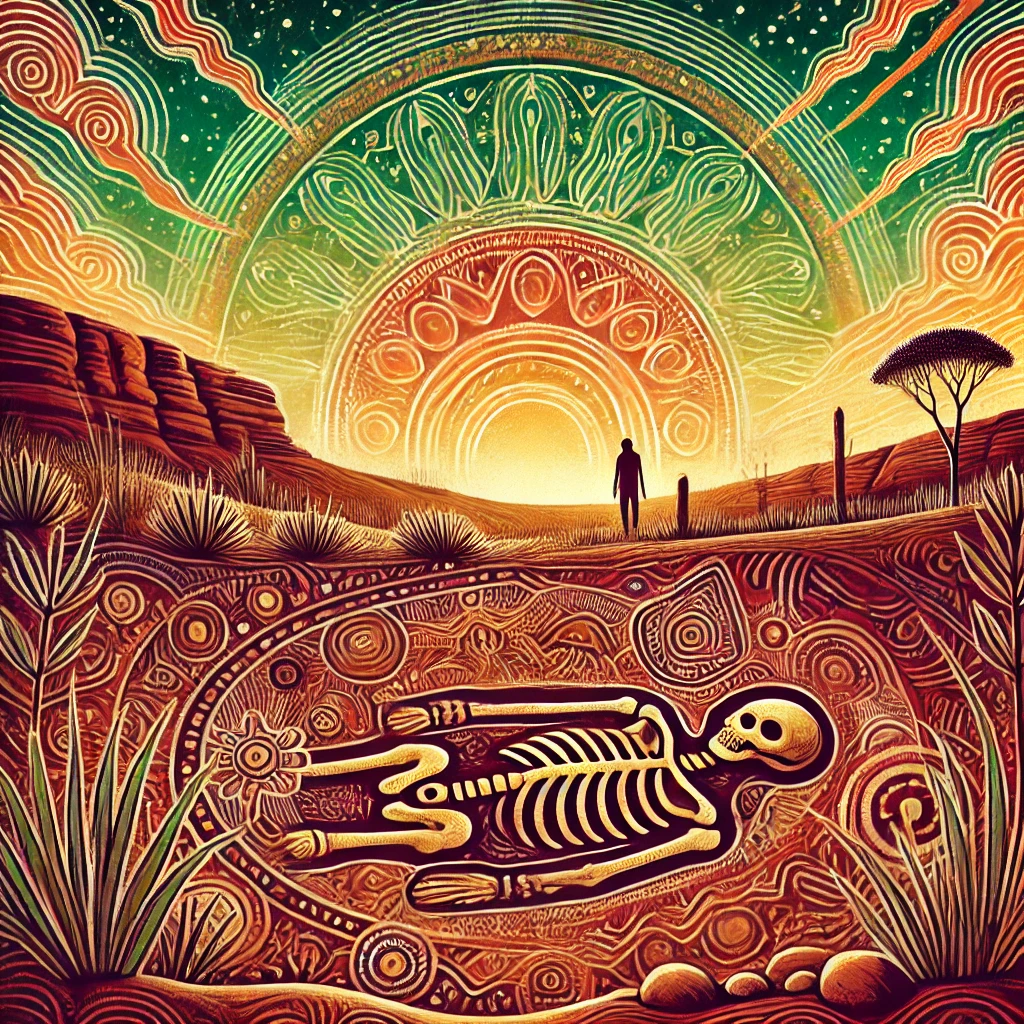
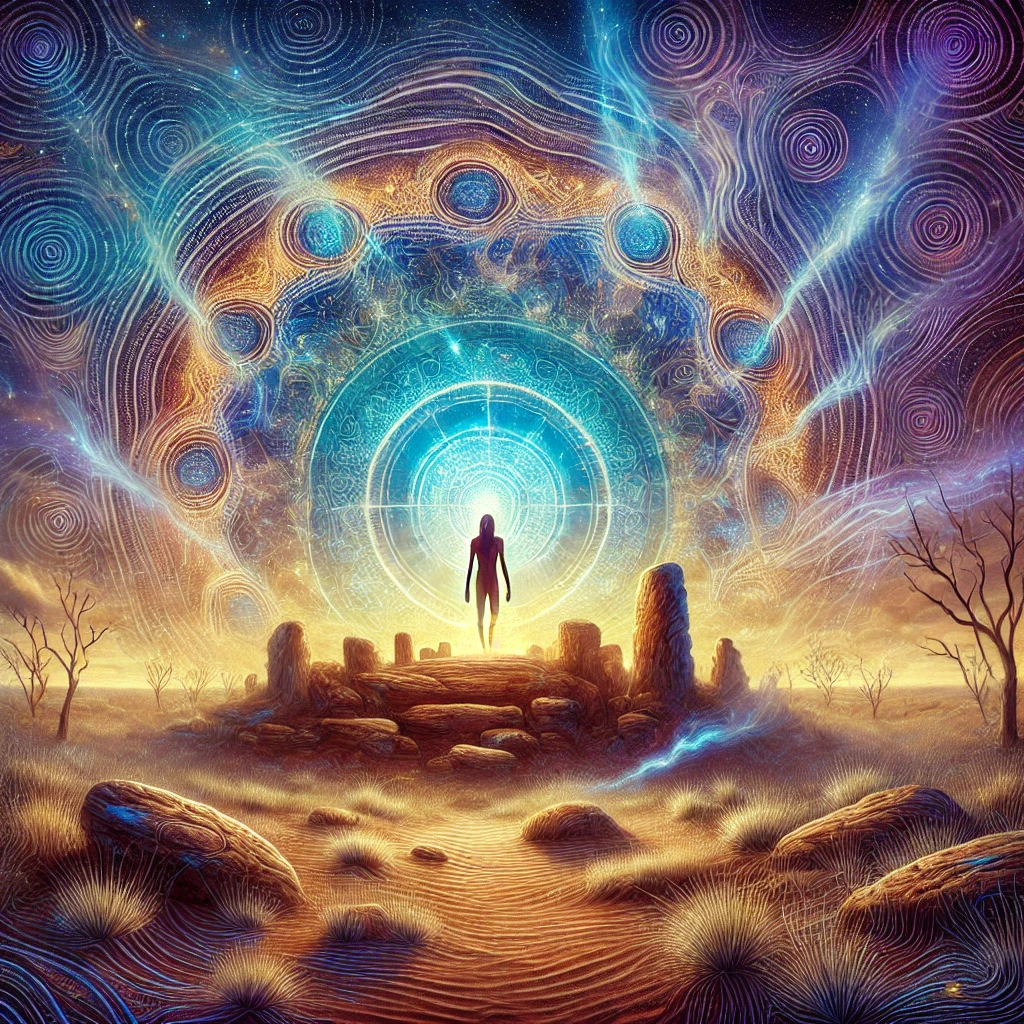
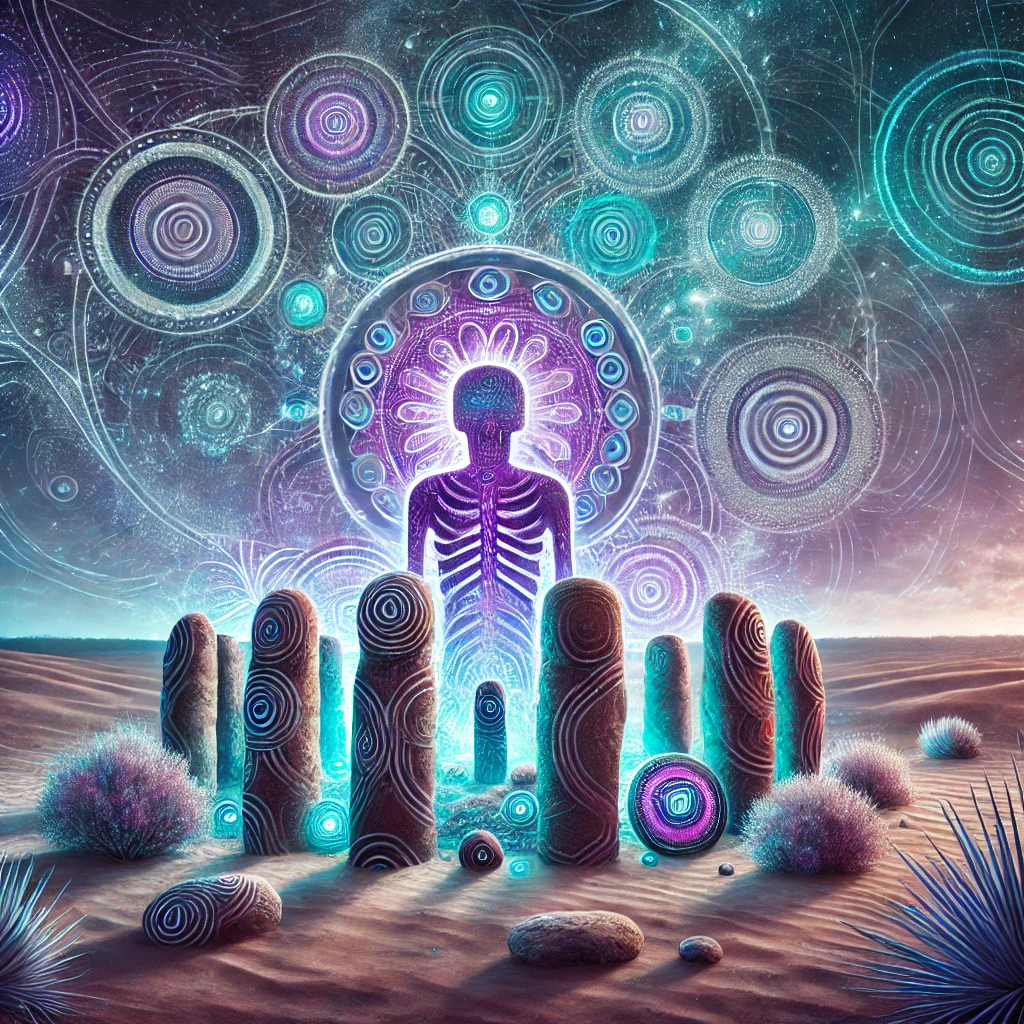
Uncovering his story not only highlights the longevity of indigenous heritage but also emphasizes the importance of preserving these timeless narratives for future generations. The tale of the Mungo Man serves as a testament to the resilience and continuity of Aboriginal culture, inviting us all to appreciate and honour this remarkable legacy.
Background of Mungo Man
Mungo Man holds a crucial role in Aboriginal Australian history. His remains offer significant insights into the lives and cultural practices of early Aboriginal communities.
Archaeological Discovery
Mungo Man was discovered in 1974 near Lake Mungo in the Willandra Lakes Region of New South Wales. Excavated by Professor Jim Bowler, the find included partial skeletal remains such as skull fragments, teeth, and long bones. Alongside his remains, archaeologists uncovered artefacts like ochre-bladed tools and plant seeds, indicating advanced tool-making skills and a diverse diet. The site also featured evidence of ceremonial practices, reflecting the spiritual beliefs of the hunter-gatherer community.
Dating and Significance
Radiocarbon dating estimates Mungo Man’s age at approximately 40,000 years, positioning him among the oldest known human remains in Australia. This discovery extends the timeline of human habitation on the continent, challenging previous assumptions about the arrival and development of Aboriginal peoples. Mungo Man’s well-preserved remains provide valuable information on the physical characteristics, health, and longevity of early Aboriginal populations. Additionally, his burial practices offer a glimpse into the cultural and spiritual life of his community, underscoring the deep-rooted traditions that continue to influence contemporary Aboriginal identity.
Mungo Man in Aboriginal Stories

Mungo Man occupies a pivotal role in Aboriginal narratives, embodying the deep-rooted connection between Indigenous Australians and their ancestral heritage.
Legends and Myths
Mungo Man features prominently in creation stories and ancestral legends. These tales portray him as a foundational figure who shaped the landscape around Lake Mungo. According to oral traditions, his actions established water sources and natural landmarks, ensuring the survival of his community. Legends also recount his journeys and interactions with other ancestral beings, highlighting his role in the spiritual framework of Aboriginal culture. These stories have been passed down through generations, preserving the memory of Mungo Man and his significance in the cultural identity of Indigenous peoples.
Cultural Symbolism
Mungo Man symbolizes endurance and continuity within Aboriginal culture. His remains, dating back approximately 42,000 years, demonstrate the longevity of Indigenous presence in Australia. The physical evidence of his life, such as ochre-bladed tools and plant seeds found with his remains, signifies advanced knowledge of the environment and sustainable living practices. Mungo Man’s burial practices reflect the spiritual beliefs of his community, emphasizing respect for ancestors and the natural world. Today, he represents the resilience of Aboriginal traditions and the importance of preserving cultural heritage for future generations.
Impact on Aboriginal Heritage

Mungo Man significantly shapes the understanding and appreciation of Aboriginal heritage. His discovery reinforces the depth and resilience of Indigenous cultures in Australia.
Influence on Modern Culture
Mungo Man inspires contemporary Aboriginal art and literature. Artists incorporate his story to highlight ancestral connections and cultural continuity. Educational programmes feature his legacy to teach younger generations about their history. Museums and exhibitions display his remains to promote awareness and respect for Aboriginal traditions. His narrative is celebrated in cultural festivals, fostering pride and unity within communities.
Preservation of Heritage
Efforts to preserve Mungo Man emphasise the protection of Aboriginal sites. Conservation initiatives ensure the safeguarding of Lake Mungo and surrounding areas. Legal frameworks support the recognition and maintenance of Indigenous heritage sites. Collaborative projects involve Aboriginal communities in preservation strategies, respecting their knowledge and practices. Advances in archaeological techniques enhance the ability to study and protect these ancient remains. These measures maintain the integrity of Aboriginal heritage for future generations.
Ongoing Research and Findings
Current studies on Mungo Man continue to refine our understanding of his life and the period he lived in. Recent advancements in radiocarbon dating have solidified his age at approximately 40,000 to 42,000 years, updating earlier estimates of 62,000 years. This adjustment offers a more accurate timeline of human habitation in Australia.
Ongoing archaeological efforts focus on analysing the burial site to uncover further details about early Aboriginal rituals. Researchers examine the use of ochre, a natural pigment sourced from at least 60 miles away, to understand its significance in spiritual practices. The transportation of ochre over such distances indicates established trade routes and the value placed on ritualistic materials.
Genetic studies are also underway to explore Mungo Man’s ancestry and health. Analyses of his well-preserved bones provide insights into the physical characteristics and lifestyle of early Aboriginal populations. These studies reveal that Mungo Man stood approximately 1.7 meters tall and lived to around 50 years of age, offering a glimpse into the demographics of his community.
Interdisciplinary research combines archaeological findings with oral histories from Aboriginal communities. This collaboration enhances the interpretation of Mungo Man’s burial practices and their cultural implications. By integrating scientific data with traditional knowledge, researchers gain a comprehensive view of the spiritual and social structures of early Aboriginal societies.
Technological advancements in imaging and non-invasive scanning methods allow scientists to study Mungo Man’s remains without disturbing the site. These techniques preserve the integrity of the burial site while providing detailed information about his physical condition and the context of his life.
Continuous preservation efforts ensure that Mungo Man’s site remains protected for future research. Conservation initiatives focus on safeguarding Lake Mungo and its surroundings, enabling ongoing and future studies to contribute to the rich history of Aboriginal Australia.
Key Takeaways
- Ancient Origins: Mungo Man is one of Australia’s oldest known human remains, dating back approximately 40,000 years, offering vital insights into early Aboriginal life.
- Archaeological Significance: Discovered in 1974 at Lake Mungo, NSW, his remains and accompanying artefacts reveal advanced tool-making skills and complex ceremonial practices.
- Cultural Symbolism: In Aboriginal folklore, Mungo Man embodies the profound connection to land and ancestors, featuring prominently in creation stories and ancestral legends.
- Influence on Modern Culture: His legacy continues to shape contemporary Aboriginal identity, inspiring art, education, and cultural preservation efforts within Indigenous communities.
- Ongoing Research: Current studies integrate archaeological data with Aboriginal oral histories, deepening our understanding of spiritual and social structures of early Aboriginal societies.
- Heritage Preservation: Dedicated initiatives protect Lake Mungo and surrounding areas, ensuring the safeguarding of Aboriginal heritage for future generations.
Conclusion
Mungo Man stands as a powerful symbol of the enduring spirit and rich heritage of Aboriginal Australians. Exploring his story deepens our appreciation for the profound connections between Indigenous communities and their ancestral lands. His legacy inspires not only contemporary art and education but also reinforces the importance of preserving these invaluable cultural narratives. As we continue to uncover more about his life and the world he lived in it’s clear that Mungo Man’s influence resonates through generations. Embracing his story encourages a greater respect and understanding of Aboriginal traditions and their vital place in Australia’s history. Protecting and honouring sites like Lake Mungo ensures that this remarkable heritage remains vibrant and accessible for future generations to cherish.
Frequently Asked Questions
Who was Mungo Man?
Mungo Man is one of the oldest known human remains discovered in Australia. Found at Mungo Lake in New South Wales in 1974 by Professor Jim Bowler, his remains are estimated to be approximately 40,000 to 42,000 years old. Mungo Man provides valuable insights into early Aboriginal life, cultural practices, and spiritual beliefs. His discovery has significantly enhanced our understanding of the long-standing presence and sophisticated societies of Indigenous Australians, highlighting their deep connection to the land and ancestral heritage.
When and where was Mungo Man discovered?
Mungo Man was discovered in 1974 at Lake Mungo, located in New South Wales, Australia. The excavation was led by Professor Jim Bowler, who uncovered partial skeletal remains alongside various artefacts. Lake Mungo is part of the Willandra Lakes Region, a UNESCO World Heritage site known for its rich archaeological significance. The site has provided crucial evidence of early human habitation in Australia, with Mungo Man being one of the most significant findings that demonstrate the advanced culture and longevity of Aboriginal communities in the region.
How old are Mungo Man’s remains?
Radiocarbon dating estimates Mungo Man’s remains to be approximately 40,000 to 42,000 years old. This makes him one of the oldest known human remains in Australia, challenging previous assumptions about the timeline of human habitation on the continent. The precise dating provides valuable information about the early presence of Aboriginal Australians, their migration patterns, and their ability to adapt and survive in diverse environments over tens of thousands of years.
What artifacts were found with Mungo Man?
Alongside Mungo Man’s skeletal remains, archaeologists discovered various artefacts, including ochre-bladed tools and plant seeds. The presence of ochre suggests sophisticated tool-making skills and possibly symbolic or ceremonial uses. Plant seeds indicate a diverse and sustainable diet, reflecting advanced knowledge of the environment. These artefacts provide insight into the technological capabilities and daily life of early Aboriginal communities, highlighting their resourcefulness and intricate cultural practices.
What is the significance of Mungo Man in Aboriginal culture?
Mungo Man holds a pivotal role in Aboriginal culture as a foundational ancestor and spiritual figure. He features prominently in creation stories and ancestral legends, symbolising the deep-rooted connections between Indigenous Australians and their land. His burial practices and artefacts reflect the community’s cultural and spiritual life, emphasizing themes of endurance and continuity. Mungo Man embodies the resilience of Aboriginal traditions, serving as a powerful representation of their heritage and the enduring legacy of their ancestral presence in Australia.
How has Mungo Man impacted Aboriginal heritage?
Mungo Man has significantly reinforced the depth and resilience of Aboriginal heritage. His story inspires contemporary Aboriginal art and literature, highlighting ancestral connections and cultural continuity. Educational programmes incorporate his legacy to teach younger generations about their history, while museums and exhibitions showcase his remains to promote awareness and respect for Aboriginal traditions. Cultural festivals celebrate his narrative, fostering pride and unity within communities. Efforts to preserve his site ensure the protection of important Indigenous heritage, supported by legal frameworks and collaborative conservation initiatives.
What do recent studies reveal about Mungo Man?
Recent research has refined the understanding of Mungo Man’s life and the era he lived in. Advancements in radiocarbon dating have confirmed his age at around 40,000 to 42,000 years. Ongoing archaeological efforts are uncovering more details about early Aboriginal rituals, including the significance of ochre used in his burial, which was transported over long distances, indicating established trade routes. Genetic studies are exploring his ancestry and health, providing insights into the demographics of his community. Technological advancements allow for detailed, non-invasive studies of his remains, ensuring the preservation and integrity of his site for future research.
How is Mungo Man preserved and protected today?
Mungo Man’s site at Lake Mungo is protected through various conservation initiatives aimed at safeguarding the archaeological and cultural integrity of the area. Legal frameworks support the recognition and maintenance of Indigenous heritage sites, ensuring that preservation efforts align with Aboriginal communities’ knowledge and practices. Collaborative projects involve Aboriginal custodians in decision-making processes, respecting their authority over ancestral lands. Advances in archaeological techniques, such as non-invasive scanning, help study and protect his remains without disturbing the site. Ongoing preservation efforts ensure that Mungo Man’s legacy remains intact for future generations to appreciate and respect.
What have we learned about early Aboriginal practices from Mungo Man?
Mungo Man’s remains and associated artefacts provide significant insights into early Aboriginal practices. The discovery of ochre-bladed tools indicates advanced tool-making skills and possibly symbolic or ceremonial uses. The presence of plant seeds suggests a diverse and sustainable diet, reflecting deep environmental knowledge. Burial practices observed at the site reveal spiritual beliefs and community rituals, highlighting the social and cultural structures of early Aboriginal societies. Additionally, the transportation of materials like ochre over long distances points to established trade routes and complex societal interactions, showcasing the sophistication of these ancient communities.
Why is Mungo Man important for understanding Australian history?
Mungo Man is crucial for understanding Australian history as his remains are among the oldest evidence of human habitation on the continent. Dating back approximately 40,000 years, his discovery challenges previous timelines and underscores the long-standing presence of Aboriginal Australians. Mungo Man provides invaluable information about the physical characteristics, health, and cultural practices of early Indigenous populations. His story illustrates the enduring connection between Aboriginal communities and their land, highlighting their resilience and adaptability. Overall, Mungo Man’s legacy enriches the narrative of Australia’s ancient history and the profound heritage of its Indigenous peoples.
Author

Josh Morley holds a Bachelor’s degree in Theology from the Trinity School of Theology and a Diploma in Theology from the Bible College of Wales. His academic journey involved interfaith community projects and supporting international students, experiences that shaped his leadership and reflective skills. Now based in Liverpool, Josh is also the founder of Marketing the Change, a digital agency specializing in web design and marketing.
View all posts





